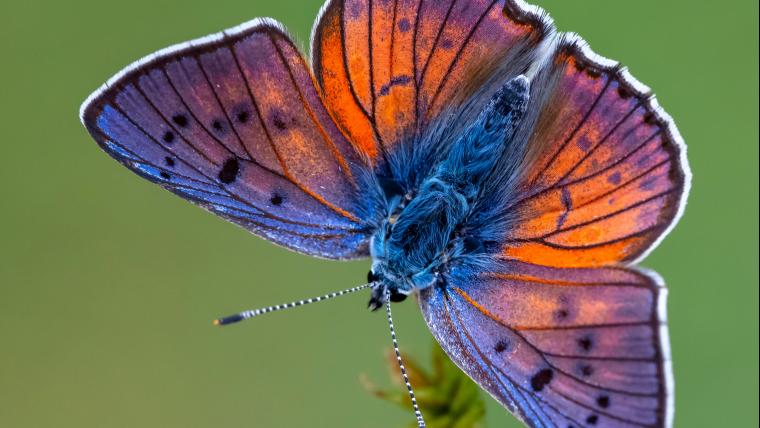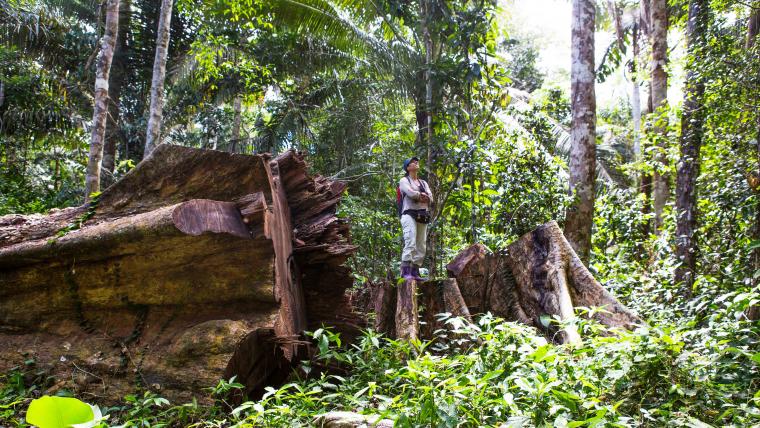
The butterfly effect: How these insects keep ecosystems flourishing
Butterflies might be small and delicate, but their impact is enormous. These insects are pivotal to keeping ecosystems flourishing. Pollinating the second highest number of plants in their lifespans, they are second only to bees. But while butterflies may be a common sighting, their presence should not be taken for granted.
Butterflies are complex insects. Their wings are covered in up to 600 tiny scales that form patterns to ward off predators like birds, lizards, and frogs. Underneath the dense layers, their wings are actually transparent – the bright colours are the result of light reflecting off the scales. Along with moths, they are the only species that have these unique wings. But if they are touched, butterflies shed these scales in self-defence and will gradually begin to lose their camouflage.
Most species of butterfly have an association with a host plant species, and the two often depend on each other for survival. A butterfly only lives around four weeks to a few months. They lay their eggs on their host plants and once the eggs hatch, the caterpillars eat the leaves until they are ready to form their cocoon. For eight to 12 days, the caterpillar stays inside this chrysalis while it undergoes metamorphosis. In such a short lifespan, butterflies give and take from the host plant up until pollination. When they land on a plant, pollen attaches itself to the body of the butterfly. As it moves from flower to flower drinking nectar, the butterfly will then distribute the pollen to other plants and enable its reproduction.
Butterflies are indicators of a healthy, biodiverse environment. A decrease in butterfly numbers can also be a warning for major problems in an ecosystem. There are over 17 500 species of butterfly in the world and they are key to the preservation of flora. When a species of butterfly declines, plants will suffer as a result. The insects are threatened by warming weather conditions and loss of habitat as urban areas expand. With 15 species of butterfly already extinct and 19% of the United State’s and 10% of Europe’s butterflies facing extinction, protecting and preserving them is more important than ever before.
It is crucial to create spaces for butterfly and plant populations to thrive. Butterflies are attracted to brightly coloured flowers and strong scents like lavender, daisies, and rosemary. By planting flowers, anyone can contribute to the preservation of butterflies. These insects are essential to both small and large ecosystems, and having them around the garden is a colourful reminder of their importance.






























Please sign in to leave a comment